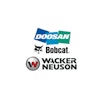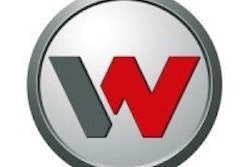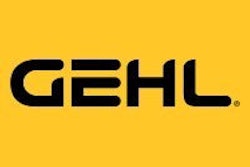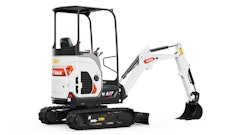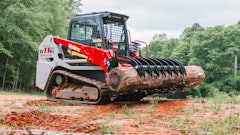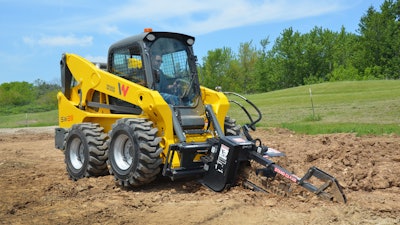
When skid steers and compact track loaders were first introduced, their muscle and maneuverability found a niche pushing and lifting dirt and other material in more confined areas. Since then, a myriad of attachments has turned them into multipurpose tools that can drill post holes, dig like a backhoe, blow snow, sweep and work as a trencher to name but a few applications.
As it is with any piece of equipment, buyers and operators want to get the most ROI from their purchase. When matched to the application, upgrades can bolster a machine’s versatility and performance. The key word, of course, is “matched.” When not properly matched to a task, upgrades can become an unnecessary expenditure.
Application, however, is not the sole determining factor for purchasing upgrades, notes Aaron Haynes, global product manager, skid and track loaders, Manitou Group. “Operators may choose a type of control based on what is most familiar to them or how it feels, such as Gehl pilot controls that give the operator one-to-one proportional control over the drive system and enhance machine responsiveness.
“Much also will depend upon who the owner of the equipment is. Owner/operators will likely keep equipment that requires a large financial investment for a longer period. That, combined with high utilization, can drive an owner/operator to choose more customization and upgrades so they are more comfortable,” he explains. “Conversely, a rental company that has customers utilizing the equipment for much shorter periods may determine that certain upgrades are simply nice-to-haves. Additionally, rental companies are aware of which options will drive healthier rental rates and that will factor into the decision, as well.”
The regions in which machines are operated will also influence their configurations. “Operating equipment in Arizona will have much different requirements than Maine, simply due to the weather,” says Haynes.
Comfort is King
Of course, having a comfortable working environment is something all operators can appreciate.
 Cabs add comfort, provide operator protection, and reduce noise among other benefits.
Cabs add comfort, provide operator protection, and reduce noise among other benefits.
An air suspension heated seat, low-effort joystick controls, rear view camera and radio are other optional features designed to provide a better operating experience. “If operators are comfortable, they are likely to be more productive and accurate in their work,” Ryan comments. “Aside from the HVAC cabin, most optional equipment would be less than 5% of the total cost of the machine and therefore may be a justifiable expense.”
Performance Options
High-flow hydraulics have become a popular performance upgrade. “Choosing high flow expands attachment options to include more demanding attachments and provides a great return on investment,” says Buck Storlie, ASV product line manager. “However, if your tool kit doesn’t include high-flow compatible attachments, this option is money wasted.”
Lee Padgett, Takeuchi-US product manager, agrees, adding, “Buyers have to consider how many opportunities they would have to use high-flow attachments such as a forestry or mulching head, cold planer, milling machine or snowblower to upgrade, or if it would make more sense just to rent a high-flow machine for those few applications.”
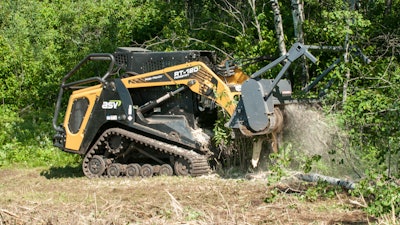
Another beneficial performance option is self-leveling. It can be especially valuable for loading and pallet carrying applications. “As the load is raised, it will keep the bucket or forks at the same plane at which the operator started. By taking some of the thought process out of the lifting, the feature can reduce spillage and operator fatigue,” says Storlie. Yet, such a feature is not always needed. “If operators feel comfortable operating equipment without this option, it can be an unnecessary cost.”
Two-speed travel can be worthwhile for moving longer distances as it can cut travel times in half. “However, it is not typically used in tight spaces or while needing maximum pushing power,” says Storlie.
“Joystick controls make operation easier for almost every application,” he continues. “The ease of use leads to less fatigue and more time in the seat, resulting in a more productive operator. The controls are also faster and easier to learn for the novice operator. Actual cost can vary and some OEMs, including ASV, offer this as a standard feature. Those that don’t charge an average of $800 for the upgrade.”
Comfort and Performance Combined
Some available features combine both comfort and performance enhancements.
“A rear view camera to improve safety, along with high-wear and high-traction tires for various jobsite conditions, are very pragmatic options,” says Haynes. “Others arguably combine comfort and performance. For example, Gehl’s hydraulic Power-A-Tach all-weather system allows users to quickly install and remove attachments. Leaving a seat to only connect auxiliary hydraulics is certainly a convenience, but it also saves time and increases productivity.”
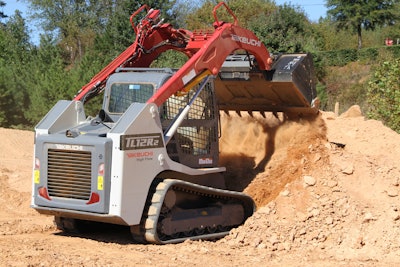
Undercarriage suspension reduces machine stress, as well, which means longer component life and lower long-term maintenance costs. “A comfortable operator is also one who stays in the machine, with your company, works faster and is more productive every day,” Storlie adds. “The option pays for itself in nearly every application.”
By combining suspended wheels with a fully suspended undercarriage, a dual-level undercarriage suspension is a step up from regular suspension. “The feature allows the track to flex over smaller objects, further enhancing ride quality and improving traction,” says Storlie.
Justifying the Cost
Calculating ROI is straightforward for some optional features, less so for others, says Ryan. “With two-speed, for example, one can calculate some incremental work factors and see how that would impact productivity. Other optional features might not show big ROI, but may mitigate risk to people and property. A rear view camera system, for instance, can help avoid costly damage to the machine and surrounding structures,” he indicates. “Some optional features broaden the applications for which the machine is suited. High-flow, for example, could grow a contractor’s business by adding cold planing to a service offering.”
Equip machines to match all the applications for which you intend to use it, but avoid overloading it, Ryan cautions. He notes that Wacker Neuson and a few other OEMs offer field-installed versions of most available options for two important reasons:
- Contractors can change their minds and add options after the point of purchase.
- When they’re ready to sell the machine to a secondary market, options required by those buyers can be added, increasing resale value.
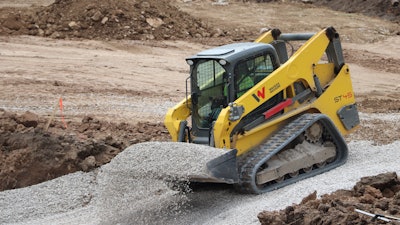 When matched to the application, upgrades can bolster a machine’s versatility and performance.
When matched to the application, upgrades can bolster a machine’s versatility and performance.
“Utilization is an important variable, as well,” says Haynes. “Certain upgrades, especially comfort upgrades, may not make sense when an owner requires the equipment to successfully run his or her business but uses it on an infrequent basis. For example, contractors operating in a hot climate with high utilization may require air conditioning because of extended exposure to the elements, but they may not require air conditioning in the same environment with low utilization. The scenarios are plentiful, but overall, matching application and environment with the expected utilization will ensure a higher return on investment.”
When do upgrades make a difference? Certainly, one answer is when they deliver a healthy ROI, but it’s not the only answer since ROI can be elusive. Utilization, operator comfort, a machine’s resale value, convenience, safety concerns and expanding your service offerings are among things to consider when making a choice between purchasing a base model, adding on factory upgrades or deciding later to install field options.



